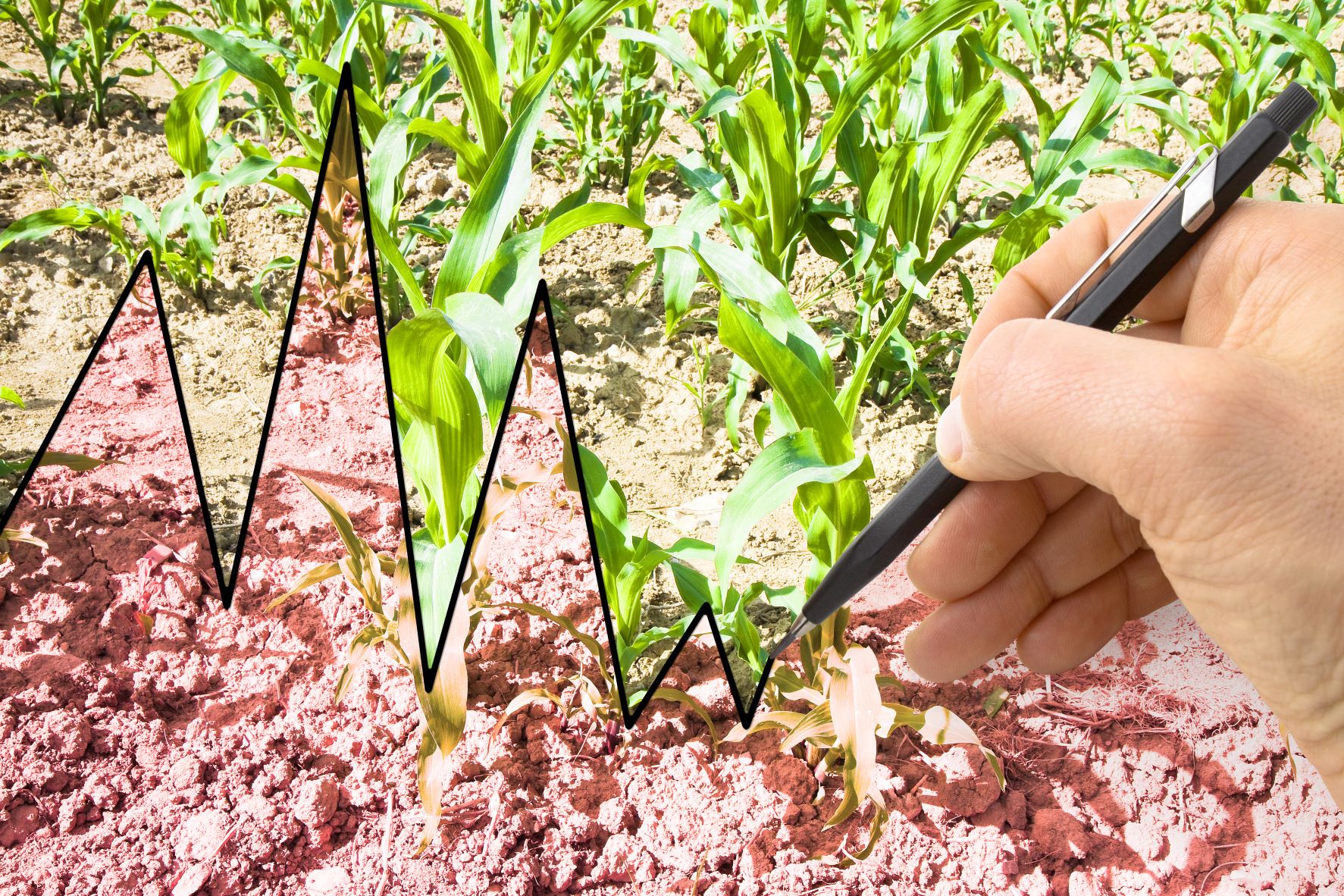
BLOG
Preliminary area plantings data for 2021/22 summer crops to be released on Thursday

Aside from the locusts spreading in parts of the Northern and Eastern Cape and threatening the grazing veld, the major concern for much of South Africa has been the excessive rains. At the start of the 2021/22 production season in October 2021, farmers were optimistic. They planned to lift the area plantings of summer crops by 3% year-on-year to 4,3 million hectares in the 2021/22 production season. This comprises maize, sunflower seed, soybeans, groundnuts, sorghum and dry beans.
A deep dive into the numbers showed a mixed picture, albeit broadly positive. For example, the 2021/22 maize planting intension is 2,73 million hectares, down by 1% y/y (but well above the 10-year average area of 2,53 million hectares). Sorghum area was also expected to decline by 9% y/y to 45 000 hectares (well below the 10-year average of 52 237 hectares). The groundnuts area was projected to fall by 4% from the 2020/21 production season to 37 000 hectares (lower than the 10-year average of 43 348 hectares). Meanwhile, sunflower seed, soybeans, and dry beans area plantings were expected to increase by 16%, 12% and 14% from the 2020/21 production season to 555 800, 924 800, and 54 250 hectares, respectively.
These were welcome developments as some initially feared that the rising input costs – fertilizer and agrochemicals – would potentially discourage plantings. To illustrate the rise in input costs, consider the herbicides such as glyphosate, atrazine, and metolachlor; their prices were up by 99%, 33% and 32%, respectively, in September 2021, compared with the corresponding period in 2020. The exact price trend persisted in major fertilizers such as ammonium nitrate, urea, and potassium chloride, whose prices were up by 107%, 58% and 125%, respectively, in September 2021 compared with September 2020. These overall increases were on the back of supply constraints and disruptions in production lines in major global fertilizer and agrochemical producing countries like China, India, the United States, Russia, and Canada. The higher shipping costs and oil prices also contributed to these price surges, along with firmer global demand from an expanding agricultural sector.
This means that South African farmers incurred higher costs in the 2021/22 season with the hope that a favourable weather outlook and higher commodity prices would be financially rewarding. But as we have now observed, the excessive rains delayed plantings in some regions, and in others, damaged the crops. This means that the 2021/22 season could be a financially costly year for farmers who experience losses in yields due to floods.
This week is critical in knowing how much of the initially intended 4,3 million hectares were ultimately planted. The Crop Estimates Committee will release the preliminary plantings data on Thursday afternoon, January 27. All indications and various farmers' surveys suggest that the area plantings will be less than farmers initially anticipated. It will be a month from then for us to view the first production estimates, which will be released on February 28. Still, we doubt if South Africa will turn into a net importer of major staple grains.
Email: wandile@agbiz.co.za

0 COMMENTS
LEAVE A COMMENT